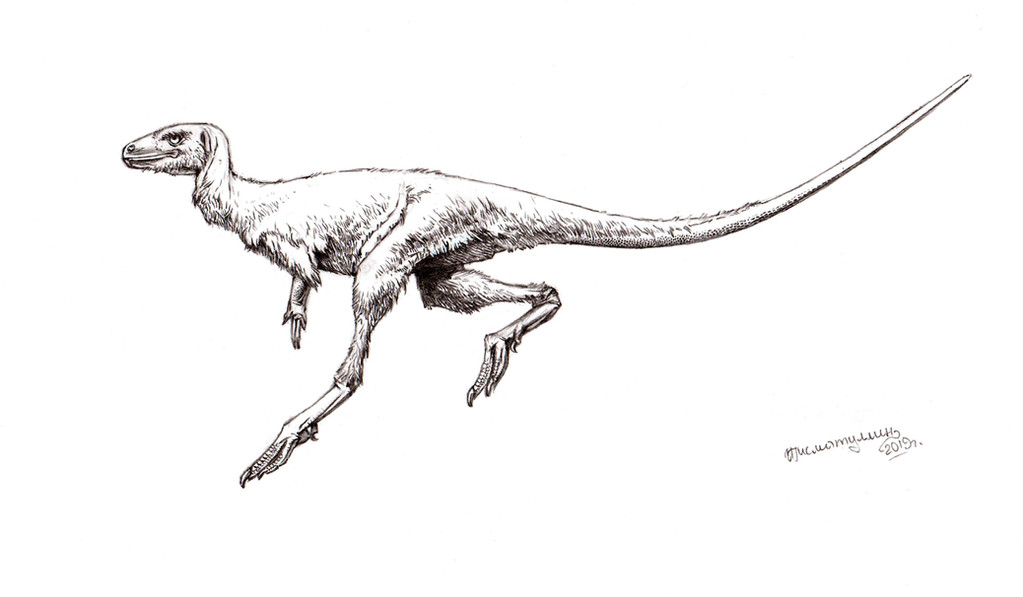HOME | DD
 Xiphactinus — Eocursor parvus
Xiphactinus — Eocursor parvus

#eocursor #xiphactinusart
Published: 2019-02-14 14:01:46 +0000 UTC; Views: 2809; Favourites: 157; Downloads: 27
Redirect to original
Description
Decided to deviate from the usual line in paleoart and draw the ornithischian. 
Being an early ornithischian, Eocursor apparently still remained omnivorous. Although the teeth are similar to the teeth of iguanas, grasping hands suggesting facultative eating of small animals. The hind limbs are well preserved. They are really very long, I was even a bit surprised. 
As always, I want to explain my choice of Integument. Since phylogenetically heterodontosaurids, for which the presence of filamentous structures is proven, are rather primitive ornithischians (at least in most analyses), and fully scaly covers are described for animals more derived than Kulindadromeus zabaikalicus, I decided to reconstruct this Eocursor with insulating covers. However, part of tail has remained scaly. I would expect many options of integument in small ornithishians, that I will try to portray in some future works.
EDIT: Scanned version.
Technical pencil HB, 2019.





























